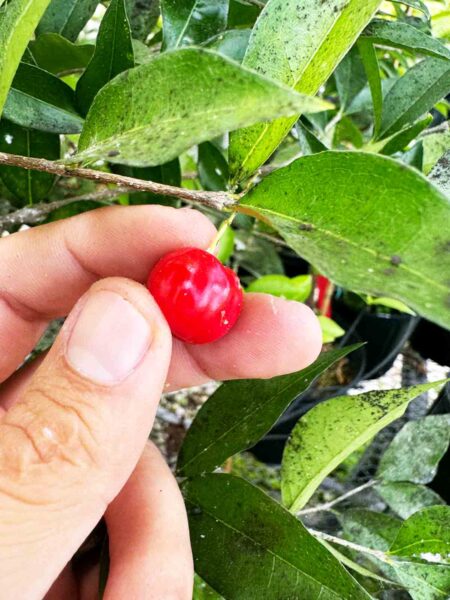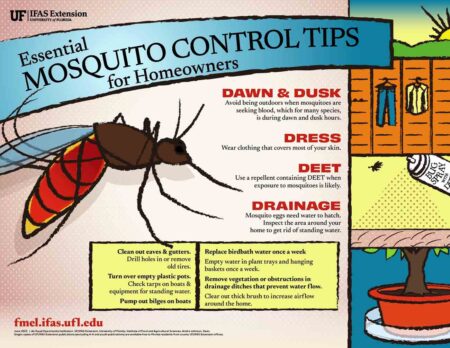NORTH FLORIDA — There are few trees as showy in bloom as flowering cherries and plums. Covered in pink or white flowers, these trees are often the first to bloom and signal that spring is near.
Many species of flowering cherries are widely used in northern areas but most are not well adapted to North Florida. However, there are a few flowering cherries and plums that can tolerate this region’s heat and humidity.
The best flowering cherries and plums for our area are shared below by Dr. Gary Knox, Horticulture Specialist with UF/IFAS.
Taiwan Cherry (Prunus campanulata) is the best pink flowering cherry for our area. Native to China, Taiwan Cherry grows as a slender tree up to 25 feet tall. It produces carmine-rose flowers in late winter. Flowers can be showy for 3 weeks if freezes don’t damage them.
‘Okame’ Cherry (Prunus x incamp ‘Okame’) is a hybrid between Taiwan Cherry and Fuji Cherry. It has bright pink flowers about a week later than Taiwan Cherry. ‘Okame’ Cherry grows about 25 feet tall but is somewhat wider than Taiwan Cherry.
Chickasaw Plum (Prunus angustifolia) is a native small tree growing up to 20 feet tall. It often spreads to form thickets. White flowers appear in early spring along its thorny branches.
The native American Plum (Prunus americana) is similar but may be found as a single-stemmed tree growing up to 25 feet tall.
Flatwoods Plum (Prunus umbellata) is a native, round-topped tree up to 20 feet in height. It has a spectacular display of small, white flower clusters in late February. Fruits of all three species are prized by wildlife.
Northern types of flowering cherries are sometimes sold here but are not well adapted and should be avoided. These include Japanese Flowering Cherry (Prunus serrulata and its cultivar, ‘Kwanzan’), Higan Cherry (P. subhirtella), Cherry Plum (P. cerasifera; usually in the form of their purple-leaved cultivars) and Yoshino Cherry (P. x yedoensis).
As a group, flowering cherries and plums are considered short-lived, typically just 15 to 20 years.
Flowering cherries and tree-form flowering plums are best used as specimen trees. The shrubby, thicket-forming flowering plums are effective in a shrub border or naturalized area.
The flowering cherries and plums for our area are best adapted to sunny to partially shaded sites with moist but well-drained soil.
Flowering cherries and plums are susceptible to many pests, including borers, aphids, tent caterpillar, scale, as well as a host of fungal diseases.
Proper placement in the landscape and irrigation during drought will help forestall pests and prolong tree life. Plant them away from lawn areas so that their trunks are never exposed to damage from mowing equipment.
Larry Williams is the Extension horticulture agent with the Okaloosa County Cooperative Extension Service, University of Florida. Contact Larry at 689-5850 or email lwilliams@myokaloosa.com.






